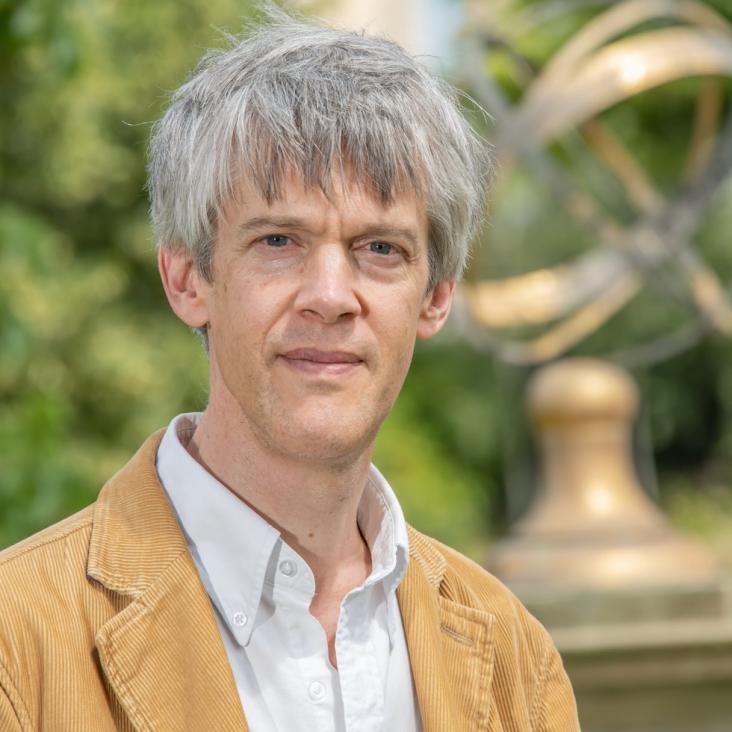An absolute chronology for early Egypt using radiocarbon dating and Bayesian statistical modelling.
Proc Math Phys Eng Sci 469:2159 (2013) 20130395
Abstract:
The Egyptian state was formed prior to the existence of verifiable historical records. Conventional dates for its formation are based on the relative ordering of artefacts. This approach is no longer considered sufficient for cogent historical analysis. Here, we produce an absolute chronology for Early Egypt by combining radiocarbon and archaeological evidence within a Bayesian paradigm. Our data cover the full trajectory of Egyptian state formation and indicate that the process occurred more rapidly than previously thought. We provide a timeline for the First Dynasty of Egypt of generational-scale resolution that concurs with prevailing archaeological analysis and produce a chronometric date for the foundation of Egypt that distinguishes between historical estimates.Some absolute dates for the development of the Ancient South Arabian minuscule script
Arabian Archaeology and Epigraphy Wiley 24:2 (2013) 196-207
Tephrostratigraphy of a Lateglacial lake sediment sequence at Węgliny, southwest Poland
Quaternary Science Reviews Elsevier BV 77 (2013) 4-18
Compound-specific radiocarbon dating of essential and nonessential amino acids: Towards determination of dietary reservoir effects in humans
Radiocarbon 55:2-3 (2013) 709-719
Abstract:
When humans consume foods from different radiocarbon reservoirs offset in age to the atmosphere, inaccuracies in the 14C date of bone collagen can occur. Mesolithic human skeletons from the Iron Gates section of the Lower Danube Valley have yielded reservoir offsets of up to ~500 yr. This has been demonstrated through direct dating of bulk collagen from human bones and the remains of ungulate bone projectile points that were found embedded in them (Cook et al. 2001). We present improvements to a novel HPLC method for the detection and separation of underivatized amino acids using a wateronly mobile phase free of organic or inorganic modifiers, ensuring very low carbon backgrounds. Our hypothesis is that direct 14C dating of single essential and non-essential amino acids might allow an improvement in the dating accuracy for reservoiraffected human bones. The method facilitates separation of less polar amino acids (mostly "essential"), currently not possible in the recently published protocol. We discuss methodological developments, demonstrate carbon backgrounds, and present analytical approaches to minimize their effects. We validate the precision and accuracy of the method by accelerator mass spectrometry (AMS) dating relatively modern and 14C-dead, known-age bone standards. Finally, we apply the method to the dating of single amino acids from bone samples with a proven ~500-yr carbon reservoir effect from Mesolithic burials at the Iron Gates sites. We investigate whether differences can be found in AMS dates for essential and non-essential amino acids since, although contemporaneous, these are expected to derive from dietary sources with differing 14C reservoirs. © 2013 by the Arizona Board of Regents on behalf of the University of Arizona.Iron age chronology in Israel: Results from modeling with a trapezoidal Bayesian framework
Radiocarbon 55:2-3 (2013) 731-740


